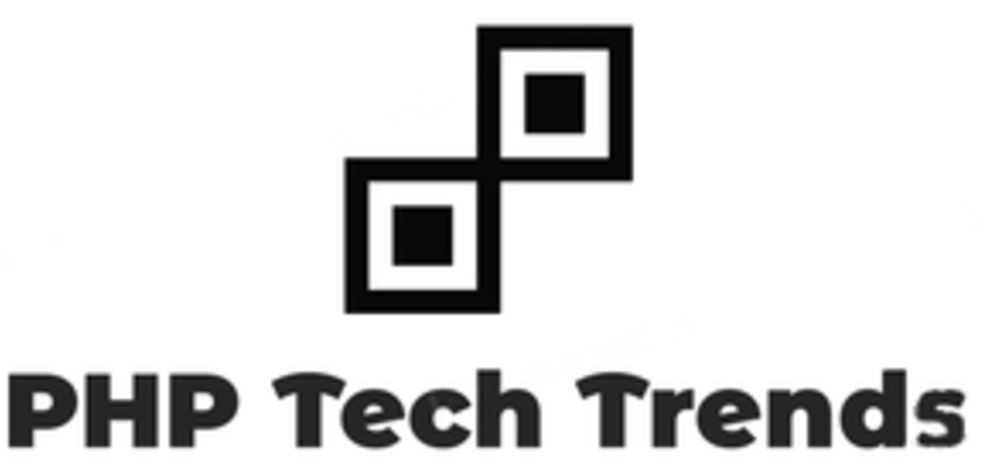Are you ready to take your PHP applications to the next level of performance and scalability? In today’s fast-paced digital world, having a robust architecture is key to meeting the demands of high traffic and ensuring seamless user experiences. Join us as we explore the dynamic realm of scalable PHP architectures for building high-performance applications that can handle any challenge thrown their way!
Understanding PHP Architectures
When it comes to understanding PHP architectures, it’s essential to grasp the foundation of how PHP applications are structured and designed.
PHP architecture refers to the overall structure and organization of code, databases, servers, and other components that make up a PHP application. It involves designing a system that can handle high loads efficiently while maintaining performance.
Common architectural patterns in PHP include MVC (Model-View-Controller), HMVC (Hierarchical Model-View-Controller), and Microservices. Each pattern has its strengths and weaknesses depending on the specific requirements of the application.
Architectural decisions such as database design, caching mechanisms, load balancing strategies, and server configurations play a crucial role in building scalable PHP applications.
Understanding different architectural approaches helps developers make informed choices when designing robust and high-performance PHP systems for various use cases.
Common Scaling Challenges in PHP Applications
Scaling PHP applications can present various challenges that developers need to address effectively. One common challenge is managing database load as the application grows in size and complexity. This can lead to performance issues and slow response times for users.
Another challenge is maintaining consistency across multiple servers when scaling horizontally. Ensuring that all instances of the application are synchronized and up-to-date can be a complex task that requires careful planning and implementation.
Handling increased traffic during peak periods without compromising performance is another key challenge. Implementing caching mechanisms and optimizing code are essential strategies to prevent server overload and downtime.
Security vulnerabilities also become more pronounced as the application scales, requiring robust security measures to protect sensitive data from potential threats. Regular security audits and updates are crucial in mitigating risks associated with scalability.
Addressing these common scaling challenges proactively is vital for ensuring the high performance and reliability of PHP applications in a scalable environment.
Strategies for Scaling PHP Applications
When it comes to scaling PHP applications, there are several strategies that can help ensure optimal performance. One effective approach is to utilize caching techniques to reduce the load on servers and improve response times. By implementing a robust caching mechanism, such as using Redis or Memcached, you can store frequently accessed data and avoid unnecessary database queries.
Another key strategy is to optimize database queries and indexes for improved efficiency. This involves analyzing query performance, identifying bottlenecks, and fine-tuning queries for faster execution. Utilizing tools like Query Monitor or New Relic can provide valuable insights into query performance metrics.
Adopting a microservices architecture can enhance scalability by breaking down monolithic applications into smaller, more manageable components. This approach allows for independent scaling of services based on demand and facilitates easier maintenance and updates.
Leveraging cloud services like AWS or Azure can provide flexible scalability options by allowing resources to be dynamically allocated based on traffic fluctuations. Implementing load balancing mechanisms ensures even distribution of incoming requests across multiple servers for better resource utilization.
Incorporating horizontal scaling through containerization with Docker or Kubernetes enables seamless deployment and management of application instances across different environments. By distributing the workload effectively among containers, you can achieve greater scalability without compromising performance.
Combining these strategies in a cohesive manner tailored to your specific application requirements will lay a solid foundation for building scalable PHP architectures that deliver high-performance results consistently over time.
Tools and Technologies for Building Scalable PHP Architectures
When it comes to building scalable PHP architectures for high-performance applications, having the right tools and technologies is crucial.
One popular tool used by many developers is Docker, which allows for easy containerization of PHP applications, making deployment and scaling more efficient.
For performance monitoring and optimization, tools like New Relic or Blackfire can provide valuable insights into your application’s behavior and help identify bottlenecks.
Using a content delivery network (CDN) such as Cloudflare can also significantly improve the speed and reliability of your PHP application by caching static assets closer to users around the world.
In terms of database scalability, technologies like MySQL Cluster or Percona XtraDB Cluster offer solutions for distributing data across multiple nodes to handle increased load seamlessly.
Choosing the right combination of tools and technologies tailored to your specific project requirements is essential in ensuring a robust and scalable architecture for your PHP application.
Successful Implementation of Scalable PHP Architect
Several companies have successfully implemented scalable PHP architectures to support high-performance applications. For example, Facebook has developed HHVM (HipHop Virtual Machine) and Hack language to enhance the performance of their PHP code, allowing them to handle billions of requests daily.
Etsy migrated their monolithic PHP application to a microservices architecture using tools like Kubernetes and Docker. This transition improved their scalability and allowed for more efficient resource utilization.
By studying these case studies and understanding the strategies for scaling PHP applications mentioned earlier in the article, businesses can optimize their systems for growth without compromising on performance. Implementing best practices and leveraging the right tools will enable organizations to build robust and scalable PHP architectures that meet the demands of modern web applications.

